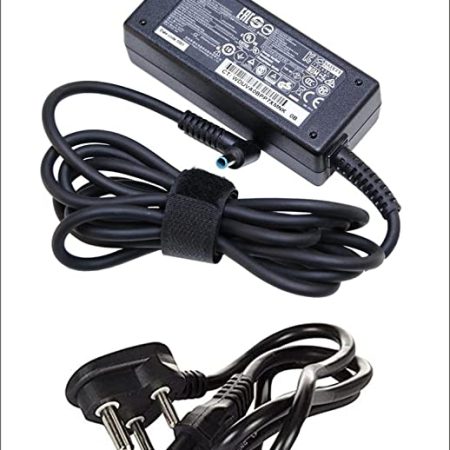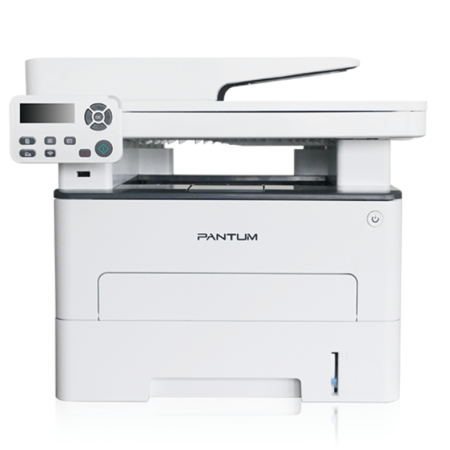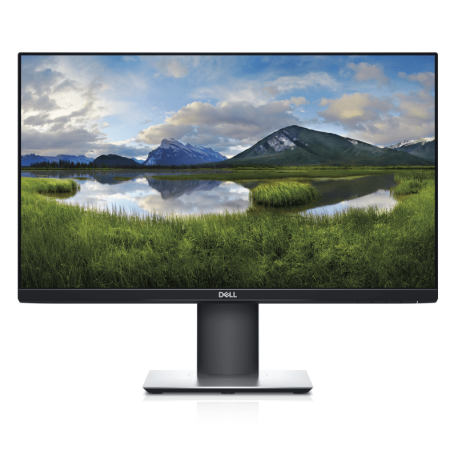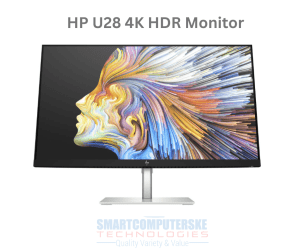what is hdr on monitors?
HDR, or High Dynamic Range, on monitors refers to a technology that enhances the contrast and color accuracy of images displayed on the screen. Traditional monitors typically have a limited dynamic range, which means they cannot accurately represent the full range of brightness levels and colors present in real-world scenes. HDR addresses this limitation by expanding the range of brightness levels and colors that can be displayed, resulting in more vibrant and lifelike images.
Key features of HDR on monitors include:
- Increased Contrast Ratio: HDR monitors can display a wider range of brightness levels, from deep blacks to bright whites, resulting in more details in both dark and bright areas of the image.
- Greater Color Depth: HDR monitors support a wider color gamut, allowing them to reproduce a broader range of colors with more accuracy and vibrancy.
- Local Dimming: Some HDR monitors feature local dimming technology, where the backlight is divided into zones that can be individually dimmed or brightened depending on the content being displayed. This enhances contrast by allowing for deeper blacks and brighter highlights in specific areas of the screen.
- HDR Standards: There are different HDR standards such as HDR10, Dolby Vision, and HLG (Hybrid Log-Gamma). These standards define specifications for brightness, color gamut, and other parameters to ensure consistent HDR performance across different devices.
- HDR Content: To fully experience HDR on a monitor, you need HDR-compatible content, such as HDR movies, games, or photos. HDR content is specifically mastered to take advantage of the expanded dynamic range offered by HDR displays.
Overall, HDR on monitors enhances the visual experience by providing more lifelike images with improved contrast, color accuracy, and brightness, resulting in a more immersive viewing experience for various types of content.









